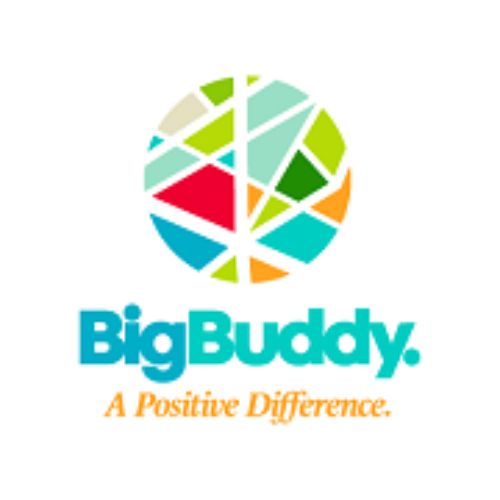Schools Confront Rising Online Harm
Staff Reporter
12 November 2025, 10:12 PM
 Risks spread into classrooms, gaming, and AI.
Risks spread into classrooms, gaming, and AI.A new study finds online harms rising across New Zealand schools in the past year, putting student mental health at risk.
The Linewize Digital Harm Study analysed more than 22,000 high-risk real-time alerts from schools over 12 months.
That is about three an hour.
Bullying made up nearly 45% of alerts, followed by offensive behaviour (20%) and adult content (15%).
In collaborative documents used in classrooms, 1,000 severe bullying alerts were recorded and “Vulnerable Person” was the third most common category.
Of 12,310 categorised alerts, 40% came from collaboration and docs, 23% from gaming, 13% from learning platforms, and 10% from AI tools.
Students are also turning to AI to explore emotions or ask questions they avoid with adults.
Compared with 2024, bullying still dominates but its share is shrinking as offensive behaviour and sexual content rise.
“Vulnerable Person” alerts are increasing, pointing to mounting wellbeing concerns.
Around 10% of New Zealand schools, more than 250 nationwide, now use early detection and intervention tools that help protect over 60,000 students each day.
More than 20% use the broader Linewize ecosystem.
The technology monitors seven risks in real time: bullying, violence, self-harm, suicidal ideation, grooming, gang activity, and radicalisation.
Linewize Education Director Saunil Hagler says online harm is a critical public health concern.
“New Zealand already has disproportionately high levels of bullying compared to other OECD countries nearly double the average. Unlike traditional bullying, harmful content online persists indefinitely, it spreads at speed, and it follows students home where teachers and parents cannot see it.”
A Parliamentary Inquiry is now examining the harms young New Zealanders face online.
Know something local worth sharing?
Send it to [email protected] — we’ll help spread the word.





